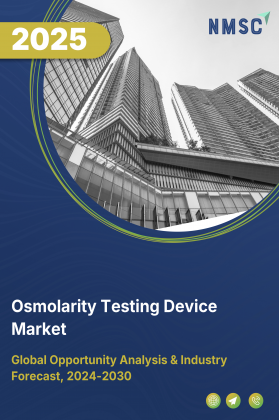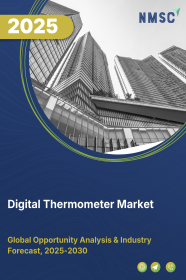
Digital Thermometer Market by Product Type (Contact, and Non-Contact Thermometers), by Device Type (App-based Thermometers, Rigid Rod Thermometers, Flexible Tip Thermometers, and Others), by Sensor Type (RTDs, Thermistors, Thermocouples, and Infrared Sensors), by Form (Stick, Strip, and Others), by Technology (Smart, and Traditional Digital Thermometers), by Application (Medical Use, Industrial Use, and Others), and Others – Global Opportunity Analysis and Industry Forecast 2025–2030
Industry Overview
The global Digital Thermometer Market size was valued at USD 1.06 billion in 2024 and is predicted to reach USD 1.13 billion by the end of 2025. The industry is predicted to reach USD 1.59 billion by 2030 with a CAGR of 7.0% from 2025-2030.
The market is witnessing steady growth, driven by rising infectious diseases, technological advancements, and increasing health awareness. According to WHO, nearly 1 billion influenza cases occur annually, underscoring the need for accurate temperature monitoring. Smart thermometers using infrared sensors and Bluetooth connectivity are gaining traction, supported by digital growth, India’s IT spending reached USD 138.9 billion in 2024 (IBEF), and IoT devices are projected to hit 39 billion globally by 2029 (UNCTAD).
Post-COVID, consumers are more proactive in health tracking, further fueling demand. However, high costs remain a barrier in low-income regions, especially as India’s CPI inflation stood at 4.83% in April 2024 (IBEF). Despite this, telemedicine integration is creating new opportunities, India’s eSanjeevani platform facilitated 386.7 million consultations by June 2025, driving demand for connected digital thermometers in virtual care.
Surging Infectious Disease Burden Fueling Demand for Digital Thermometers
The increasing global burden of infectious diseases is a key driver accelerating the digital thermometer market growth, particularly across healthcare, home care, and public health monitoring systems. Febrile illnesses such as COVID-19, influenza, dengue, and tuberculosis require constant and accurate body temperature monitoring, making digital thermometers indispensable tools for early detection and disease management.
During the COVID-19 pandemic, the demand for non-contact infrared thermometers witnessed an unprecedented spike, with widespread deployment in hospitals, airports, workplaces, and schools for mass fever screening. This trend has continued amid the resurgence of other infectious threats.
Notably, according to the World Health Organization (WHO) in 2025, there are nearly 1 billion cases of seasonal influenza annually, including 3–5 million cases of severe illness, and almost 99% of influenza-related deaths in children under five occur in developing countries. Such alarming statistics underline the importance of rapid, accessible, and safe temperature screening, especially in resource-limited settings. As infectious diseases continue to rise due to factors such as climate change, urban crowding, and increased global mobility, both public health systems and individual consumers are increasingly investing in digital thermometry solutions, driving sustained market growth.
Technology Advancements and Digital Ecosystem Fuel Market Growth
Advancements in sensor technology are accelerating the market for digital thermometers by enabling devices that are faster, more accurate, compact, and connected. Modern thermometers now use infrared (IR) and MEMS sensors to deliver non-contact, high-precision readings. The integration of Bluetooth connectivity and smart app features supports real-time temperature monitoring, especially valuable in telehealth, home care, and industrial settings. This technological progress aligns with the broader expansion of the global digital ecosystem.
For instance, according to IBEF 2024 in India, IT spending reached US$ 138.9 billion in 2024, marking a 13.2% increase from the previous year. Additionally, according to UNCTAD Report published in 2024, IoT devices are expected to grow 2.5 times from previous year levels to 39 billion by 2029, globally. These developments reflect a rapidly digitizing world that is driving the adoption of smart healthcare solutions, including digital thermometers.
Health Consciousness and Preventive Monitoring Drive the Industry
Increasing awareness of personal and public health monitoring is a key driver of the market. Consumers today are becoming more proactive about tracking their health, fueled by a rise in health consciousness, recurring disease outbreaks, and the growing emphasis on preventive care by healthcare institutions.
The adoption of at-home health monitoring devices, especially digital thermometers, has grown rapidly in the post-COVID era. Individuals now routinely check body temperature as part of daily health routines, particularly in households with vulnerable members such as children, the elderly, or patients with chronic illnesses. This trend aligns with rising concern for health, even in broader lifestyle choices.
For example, according to a 2025 Pew Research Center survey, while taste remains a top priority, (83%) when choosing food, nearly half of Americans now also prioritize healthiness, highlighting a growing shift toward wellness-focused living. As lifestyle diseases like hypertension and diabetes become more prevalent, body temperature monitoring is increasingly seen as a useful early-warning tool.
Coupled with the expansion of corporate wellness programs, school health initiatives, and telehealth services, the growing focus on health monitoring continues to expand demand for accurate, user-friendly digital thermometers across home, workplace, and healthcare settings.
Price Sensitivity in Developing Economies Hinders Market Growth
One of the major restraints affecting the digital thermometer market expansion is the high price sensitivity in developing and low-income economies, further exacerbated by ongoing inflation. According to the India Brand Equity Foundation (IBEF 2025), the annual inflation rate based on the all-India Consumer Price Index (CPI) stood at 4.83% in April 2024. This inflationary pressure intensifies the affordability gap for essential medical devices like digital thermometers. In many rural and underserved areas across Asia, Africa, and Latin America, digital thermometers remain significantly more expensive than traditional mercury-based options.
As a result, price-conscious consumers opt for cheaper alternatives, even at the expense of accuracy or safety. Combined with limited awareness, weak purchasing power, and inadequate digital infrastructure, this cost disparity continues to hinder the widespread adoption of digital thermometers, despite the growing emphasis on preventive and remote healthcare.
Integration with Telemedicine Platforms Fuels Market Growth
The increasing integration of digital thermometers with telemedicine platforms is creating a major opportunity for market expansion. As virtual consultations become more prevalent, especially in remote and underserved areas, the demand for smart diagnostic tools is rising rapidly.
For instance, according to Ministry of Health and Family Welfare, in India, the government’s eSanjeevani platform, the National Telemedicine Service has facilitated over 386.7 million teleconsultations as of June 2025, making it the largest telemedicine initiative in the world. This surge in virtual care has created the need for accurate, easy-to-use, and connected health monitoring devices like digital thermometers, which allow patients to transmit real-time temperature data directly to healthcare providers during remote consultations.
Such integration not only enhances diagnostic accuracy but also reduces the burden on hospitals and clinics by enabling at-home monitoring. As digital healthcare infrastructure grows globally, smart thermometers with IoT or app-based features are becoming essential tools, thus offering a significant opportunity for manufacturers and investors in the industry.
Market Segmentations and Scope of the Study
The digital thermometer market report is segmented based on product type, sensor type, technology, application, distribution channel, end-users, and region. By product type, the market is categorized into contact thermometers (including mercury-free digital and digital stick thermometers) and non-contact thermometers (such as infrared, ear/tympanic, and forehead/temporal artery thermometers). By sensor type, it includes thermistors, resistance temperature detectors (RTDs), thermocouples, and infrared sensors. By form type, it includes stick, strip and others. In terms of technology, the market is divided into smart thermometers (Bluetooth/Wi-Fi enabled) and traditional digital thermometers. Applications span medical (hospitals, clinics, and home healthcare), industrial (HVAC systems, food processing, chemical plants), veterinary, and laboratory/research uses. Distribution channels are segmented into online (e-commerce platforms and company-owned portals) and offline stores (hospital pharmacies, retail pharmacies, supermarkets, and hypermarkets). By age-group, it includes adults, pediatric, neonates and others. The market serves diverse end-users such as healthcare facilities, pharmaceutical and biotech companies, individuals/households, food and beverage industries, and manufacturing & engineering units. Regionally, the study covers North America, Europe, Asia-Pacific, and the Rest of the World, ensuring a holistic analysis of demand and trends across all key sectors.
Geographical Analysis
A major driver of the digital thermometer market share in North America is the rapid expansion of telemedicine and remote patient monitoring. According to a 2024 study published by JAMA Network Open, 39.3% (2,517 out of 6,252) of survey respondents reported using telehealth in the past year, with 17.8% via video and 11.6% via audio.
The leading motivations for telehealth adoption were provider recommendations (72.7%) and convenience (65.6%), with common uses including acute illness care (29.7%) and chronic disease management (21.4%). This widespread adoption of virtual care has increased the need for reliable home-based diagnostic tools, particularly digital thermometers that enable real-time temperature monitoring and data sharing with clinicians.
Smart, connected thermometers are especially valuable in telehealth settings where accurate, remote symptom tracking is critical. Furthermore, ongoing government support for telemedicine infrastructure and reimbursement policies in the U.S. and Canada continue to foster the integration of digital health devices, making telehealth a powerful catalyst for sustained growth in the market.
A powerful driver of the market in Europe is the region’s rapidly aging population, which fuels growing demand for at-home health monitoring tools, particularly temperature checks for older adults. As of December 2024, 21.6% of the EU’s population was aged 65 or older, up 0.3 percentage points from the previous year, according to Eurostat data.
An aging demographic ocorrelates with increased vulnerability to infections, chronic illnesses, and seasonal health risks like influenza. Families and caregivers are thus prioritizing reliable digital thermometers to monitor seniors’ health at home.
Moreover, healthcare systems in countries like Germany, Italy, and France, where the elderly population is above the average EU level, are encouraging self-monitoring strategies to ease pressure on clinical settings. Digital thermometers become essential devices in such home-care scenarios, enabling early fever detection and reducing unnecessary hospital visits.
Another powerful driver of the market in the Asia–Pacific region is the increase in infectious diseases which has amplified demand for at-home fever monitoring tools. According to the World Health Organization’s global dengue update as of April 2024, the region has recorded more than 7.6 million suspected dengue cases, including 3.4 million laboratory-confirmed cases, over 16,000 severe presentations, and more than 3,000 deaths globally.
In the Western Pacific and Southeast Asia, where dengue is endemic, governments and health authorities are responding by promoting temperature screening and early fever detection at the community and household level. As fever is the earliest symptom of dengue, access to accurate, non-contact, and connected digital thermometers has become essential.
This surge in infectious disease incidence is therefore directly shaping consumer behaviour and market growth. Families and clinics are increasingly equipping themselves with reliable digital thermometers, alerting healthcare providers swiftly, and potentially guiding early medical intervention.
A key driver of the market in the Rest of the World (ROW) is the boost in primary healthcare funding, improving access to essential diagnostic tools. For instance, in September 2024, WHO and global banks launched a €1.5 billion Health Impact Investment Platform to strengthen primary care in 15 low- and middle-income countries.
Similarly, in April 2024, the African Development Bank and WHO committed $6 billion to enhance Africa’s primary healthcare systems, including digital tools and diagnostics. These investments directly support the deployment of devices like digital thermometers for early fever detection in clinics and communities, accelerating their adoption across underserved regions.
Major Developments in the Market
Key players in the digital thermometer industry are accelerating innovation through AI integration, multifunctional device development, strategic partnerships, and expanded distribution.
-
In June 2025, iHealth Labs, Inc. announced a 54% discount on its top-selling PT3 No Touch Forehead Thermometer. The deal applies to both Amazon and iHealth’s direct site starting July 2025, spotlighting the device’s popularity, with over 120,000 positive reviews and acclaim as “Best Overall Thermometer for 2025” by Tom’s Guide.
-
In April 2025, Withings launched BeamO, a compact 4-in-1 device combining a contactless thermometer, ECG, oximeter, and stethoscope. Dubbed “the thermometer of the future,” it supports advanced home and clinical health monitoring.
-
In April 2025, Nureca Limited, a leading health and wellness products company, has expanded of its quick-commerce distribution network by listing its popular Dr Trust healthcare devices, including digital thermometers, on Swiggy Instamart.
-
In March 2025, leading companies such as Omron Corporation and Exergen Corporation drove innovation through the development of Bluetooth-enabled smart thermometers and AI-powered non-contact models.
-
In February 2025, Exergen expanded to over 60 countries, including Mexico, Colombia, and Indonesia. With a new European office in Eindhoven and growing OEM/ODM partnerships, the company targets 100+ markets by the end of 2025.
Key Benefits
-
The report provides quantitative analysis and estimations of the industry from 2025 to 2030, which assists in identifying the prevailing market opportunities.
-
The study comprises a deep-dive analysis of the current and future digital thermometer market trends to depict prevalent investment pockets in the industry.
-
Information related to key drivers, restraints, and opportunities and their impact on the industry is provided in the report.
-
Competitive analysis of the players, along with their market share is provided in the report.
-
SWOT analysis and Porters Five Forces model is elaborated in the study.
-
Value chain analysis in the market study provides a clear picture of roles of stakeholders.
Digital Thermometer Market Key Segments
By Product Type
-
Contact Thermometers
-
Non-Contact Thermometers
By Device Type
-
App-based Thermometers
-
Rigid Rod Thermometers
-
Flexible Tip Thermometers
-
Mercury-Free Digital Thermometers
-
Infrared Thermometers
-
Ear (Tympanic) Thermometers
-
Forehead (Temporal Artery) Thermometers
-
Oral Digital thermometer
-
Others
By Sensor Type
-
Resistance Temperature Detectors (RTDs)
-
Thermistors
-
Thermocouples
-
Infrared Sensors
By Form
-
Stick
-
Strip
-
Others
By Technology
-
Smart Thermometers (Bluetooth/Wi-Fi Enabled)
-
Traditional Digital Thermometers
By Application
-
Medical Use
-
Hospitals
-
Clinics
-
Home Healthcare
-
-
Industrial Use
-
HVAC Systems
-
Food Processing
-
Chemical Plants
-
-
Veterinary Use
-
Laboratory & Research
By Distribution Channel
-
Online Stores
-
E-commerce Platforms
-
Company-owned Portals
-
-
Offline Stores
-
Hospital Pharmacies
-
Retail Pharmacies
-
Supermarkets & Hypermarkets
-
By Age-Group
-
Adults
-
Pediatric
-
Neonates
-
Others
By End-Users
-
Healthcare Facilities
-
Pharmaceutical & Biotech Companies
-
Individuals/Households
-
Food & Beverage Industry
-
Manufacturing & Engineering Units
-
Ambulatory Services
-
Others
By Region
-
North America
-
The U.S.
-
Canada
-
Mexico
-
-
Europe
-
The U.K.
-
Germany
-
France
-
Italy
-
Spain
-
Denmark
-
Netherlands
-
Finland
-
Sweden
-
Norway
-
Russia
-
Rest of Europe
-
-
Asia-Pacific
-
China
-
Japan
-
India
-
South Korea
-
Australia
-
Indonesia
-
Singapore
-
Taiwan
-
Thailand
-
Rest of Asia-Pacific
-
-
RoW
-
Latin America
-
Middle East
-
Africa
-
Key Players
-
Mextech Technologies India Pvt. Ltd.
-
Nareena Lifesciences Private Limited
-
Omron Corporation
-
Nureca Limited
-
American Diagnostic Corporation
-
Actherm Inc.
-
Exergen Corporation
-
Microlife Corporation
-
Medline Industries LP
-
Withings
-
Tata 1MG Healthcare Solutions Private Limited
-
PCE Deutschland GmbH
-
Kaz USA, Inc.
-
iHealth Labs Inc.
-
B. Braun Medical Inc.
Report Scope and Segmentation
|
Parameters |
Details |
|
Market Size in 2025 |
USD 1.13 billion |
|
Revenue Forecast in 2030 |
USD 1.59 billion |
|
Growth Rate |
CAGR of 7.0% from 2025 to 2030 |
|
Analysis Period |
2024–2030 |
|
Base Year Considered |
2024 |
|
Forecast Period |
2025–2030 |
|
Market Size Estimation |
Million (USD) |
|
Growth Factors |
|
|
Countries Covered |
28 |
|
Companies Profiled |
15 |
|
Market Share |
Available for 10 companies |
|
Customization Scope |
Free customization (equivalent to up to 80 working hours of analysts) after purchase. Addition or alteration to country, regional, and segment scope. |
|
Pricing and Purchase Options |
Avail customized purchase options to meet your exact research needs. |


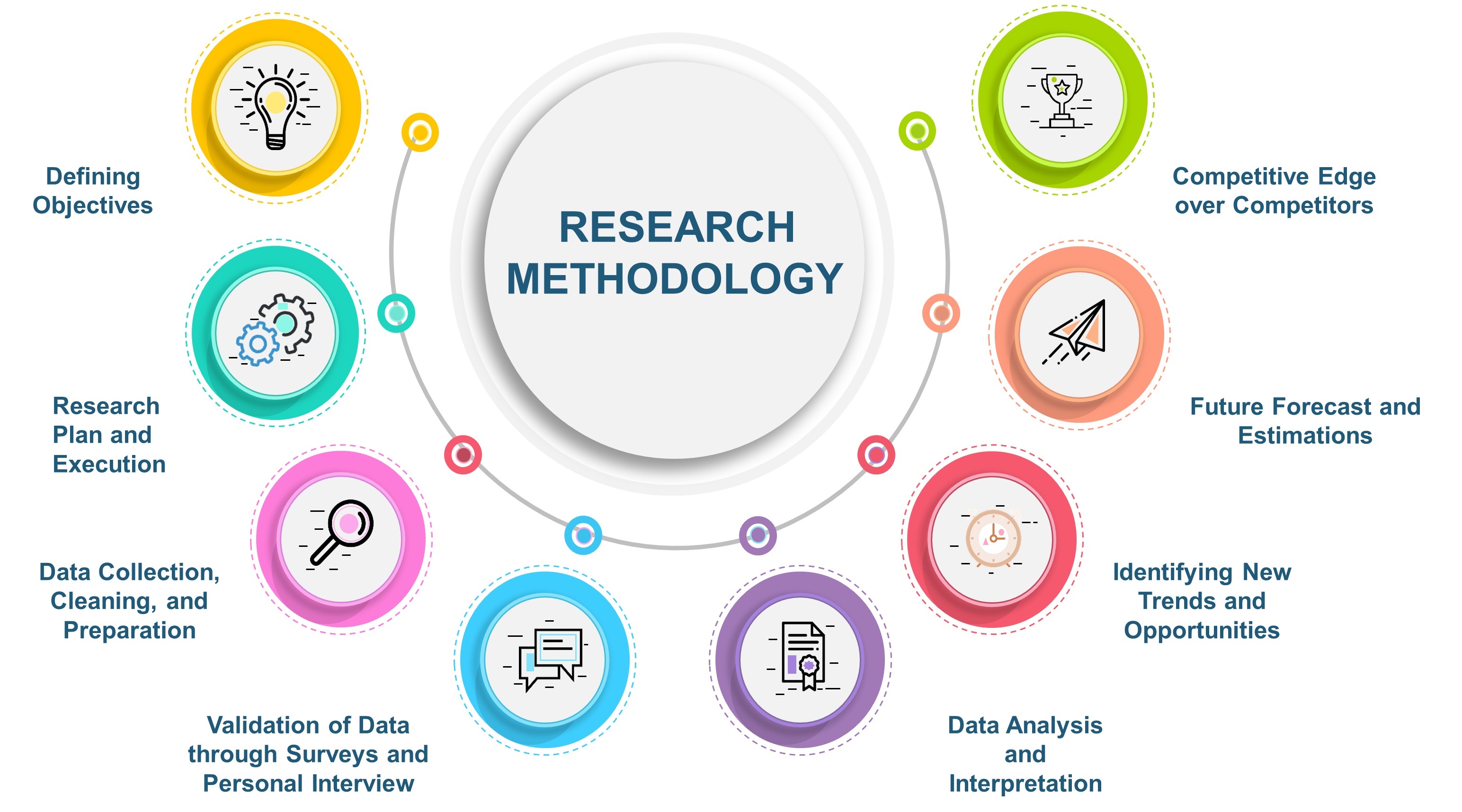
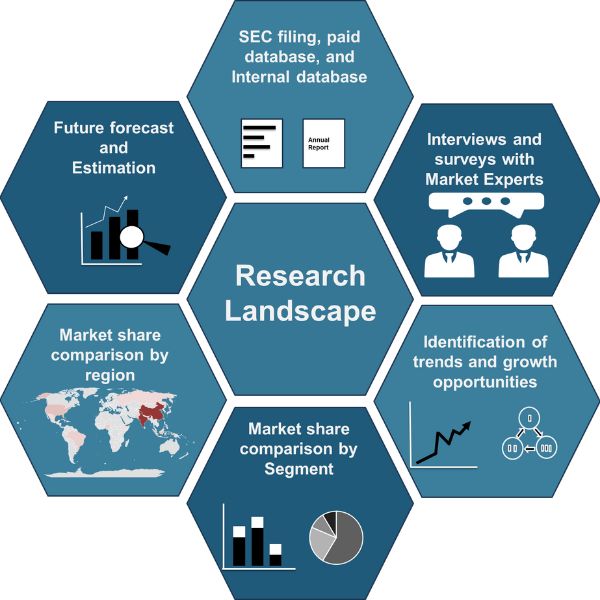
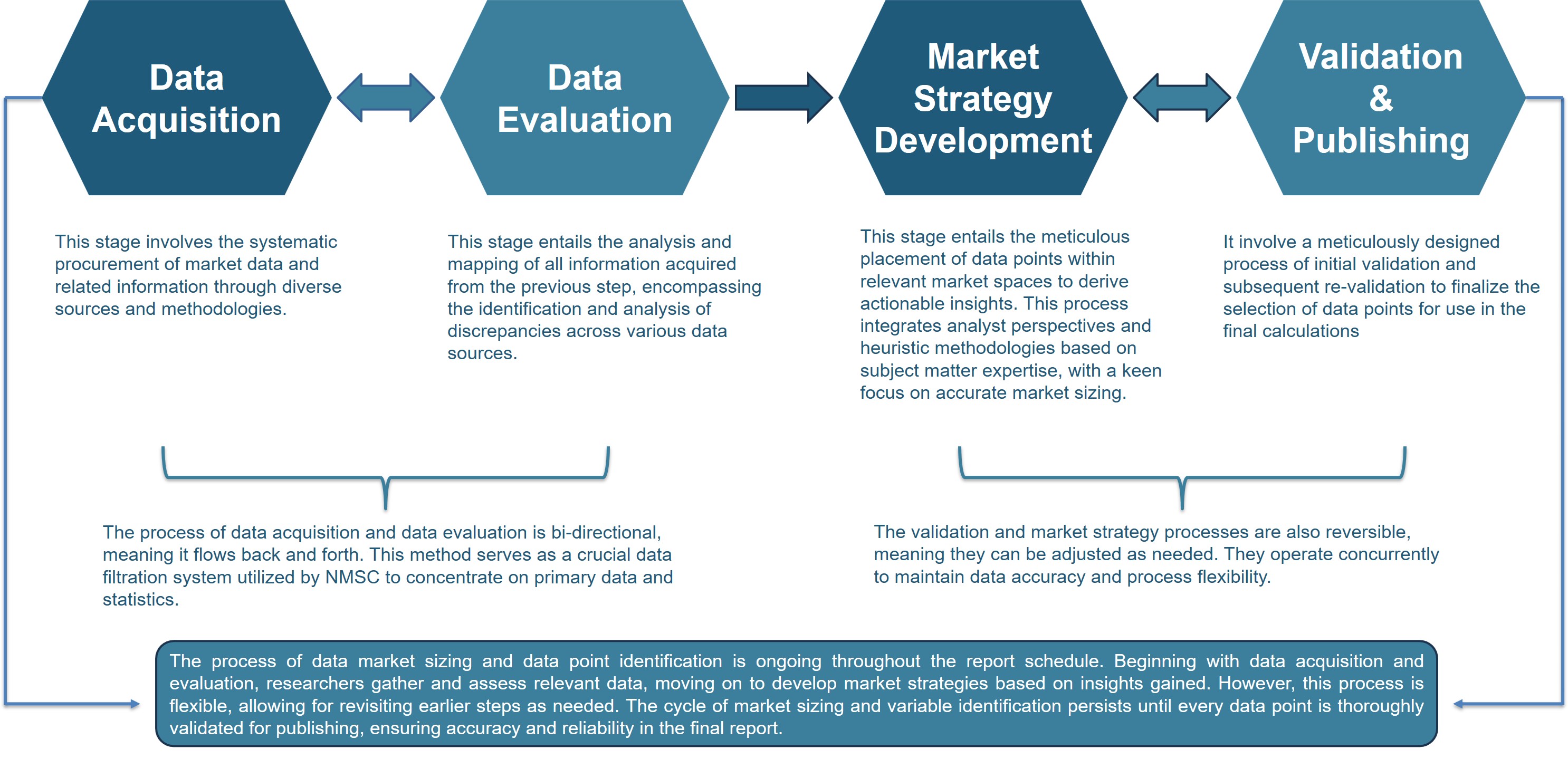




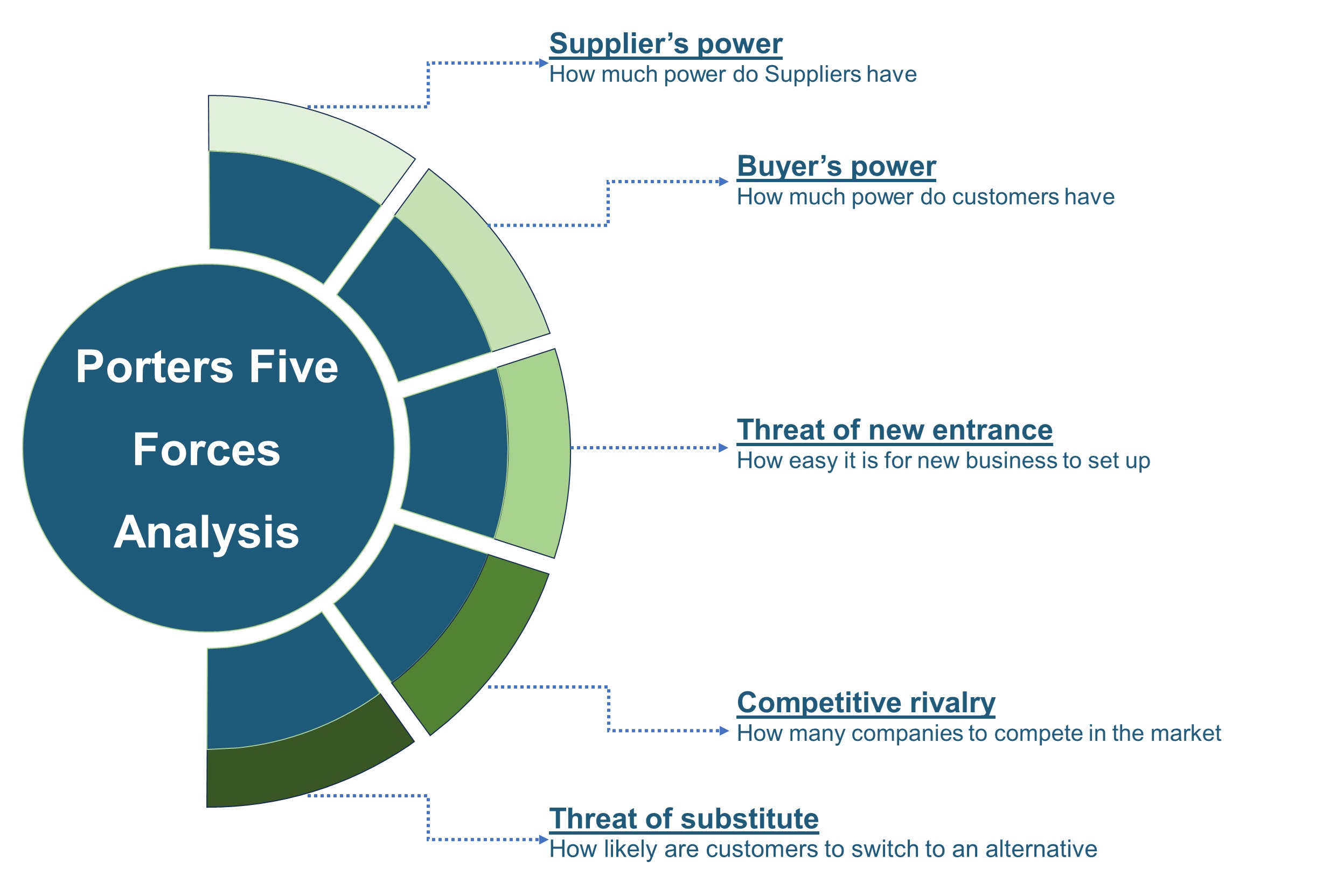







 Speak to Our Analyst
Speak to Our Analyst





